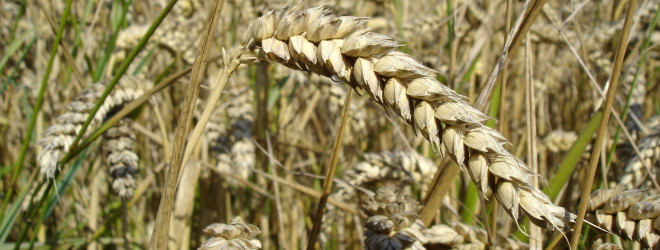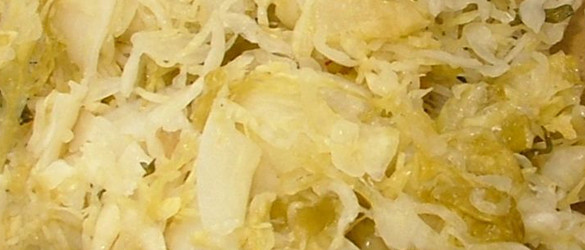Constipation is a frequent complaint that affects upwards of 100 million Americans on a regular basis, and in traditional systems of medicine such as Ayurveda, is considered to be a precursor to any number of more serious health issues. By some medical definitions constipation is only diagnosed if the patient hasn’t had a movement for more than one week. This designation is based purely on statistical averages, i.e. what is “normal” in society. Some people have frequent BMs, whereas others only poop 1-2 times a month. But statistical averages say nothing about the condition itself, nor about the importance that it plays in health and disease.
Part of the issue is that “constipation” is a subjective term. Some of my patients tell me they are constipated even though they have regular BMs – it’s just that they don’t feel “empty” or properly “satisfied” after a BM. Other people only have a BM every couple days, and think that this is normal and natural. According to Ayurveda, everyone should have between 1-2 bowel movements a day, and so if you are having at least one BM a day we cannot say that you are constipated. However, it doesn’t necessarily indicate that you are having healthy BMs, and this is sometimes what people mean when they say they’re “constipated”.
Which brings us to the subject of poop itself – what is it? Mostly it is bacteria – over 60% by volume – and whatever indigestible fibers and foodstuffs the bacteria have been fermenting. If the BM is particularly smelly, it says something about the weakness of your stomach and gastric digestion – probably there is too much undigested protein making its way to the large intestine, encouraging bacterial putrefaction rather than fermentation. If this is you, reduce the protein in your diet so you can digest it properly, and take more bitter-tasting leafy greens and herbs like gentian or barberry before meals to stimulate the stomach and liver. And if it smells too fermented, sort of like a sweet compost-like odor, cut back on the carbs and other sweet foods, and take pungent-tasting herbs to enhance digestion such as garlic and ginger. What you eat has a tremendous impact upon your digestive health, so pay attention! As you can see, I also recommend that you smell your poo, since as gross as it might sound, it provides good information about the nature of the bacteria that live in your gut. Normally a BM doesn’t have a particularly strong smell, apart from the fact that its poop and so still smells rather…well… “poopy” – but in a good way. Hey, nobody said we’re talking about roses here!
Since your BM is mostly bacteria, this is a good place to start when dealing with constipation. In essence, constipation is a deficiency of the “probiotic” bacteria such as Lactobaccillus and Bifidobacteria that live and grow inside your colon to produce a healthy BM. Thus an important place to start with constipation is in restoring the GI ecology. The best way to do this is to regularly eat live culture foods, and in particular, fermented vegetables. Unlike fermented foods such as kefir, kombucha, sourdough, wine, mead and beer which contain yeasts that can inhibit a healthy gut ecology, fermented veggies are totally bacterial, and totally beneficial. In my book Food As Medicine, I describe the simple process of making fermented veggies, and include recipes of common examples such as sauerkraut, kimchi, carrot pickle and relish. Compared to expensive store-bought probiotic supplements that are almost entirely dead by the time they get to your fridge, home-made fermented veggies are powerhouses of healthy bacterial colonies that only cost pennies a day. I recommend eating fermented veggies on a daily basis as a good way to prevent constipation. Sometimes it takes a little bit to get used to them, but once you experience their benefits, you will probably come to crave these foods.
Some people are constipated because they’re simply too dry. Drinking 1-2 large glasses of warm water first thing in the morning is a good way to get things moving, particularly if you get up early, before sunrise. In Ayurveda, sleeping in promotes constipation by countering the natural flow of vata dosha, which reaches its full expression just before sunrise. If drinking warm water alone doesn’t help, mix 1 tsp of triphala churna (powder) in with the first glass of water. While triphala is frequently recommended, there are many other herbs that are equally as useful, and can be taken first thing in the AM too. Yellowdock root tincture is particularly good for constipation, as is dandelion root and barberry rootbark. All three of these herbs as well as triphala are bitter in taste, stimulating bile release from the liver and gall bladder, which in turn stimulates intestinal peristalsis. Ensuring that the liver is properly stimulated, you can also try to introduce fattier foods into the diet, which helps to lubricate the intestine. Examples include meat soups and stews, eaten with steamed buttered vegetables or vegetables sauteed in fat. Likewise, taking demulcent herbs such as aloe, marshmallow and slippery elm can be helpful as well. For painful, difficult evacuation, you can even inject 2-3 ounces of warm sesame oil prepared with a pinch of rock salt into the rectum before bed.
There are many factors involved in constipation, and here I am only covering a few. To get more detail please visit my website at www.toddcaldecott.com, and my monograph on constipation.
Comments are now closed for this post. Please email your comments to info@foodasmedicine.ca.




